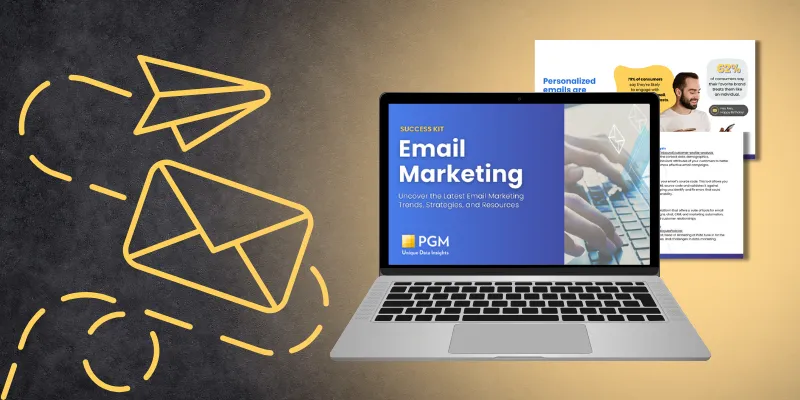

2025 Email Marketing Success Kit
Access the latest insights and resources to help your emails shine in crowded inboxes.
What You’ll Find Inside:
- Tools to improve email personalization, data hygiene, and deliverability
- Recommended audience segments to refine your targeting
- Fresh email marketing trends, tips, & more!